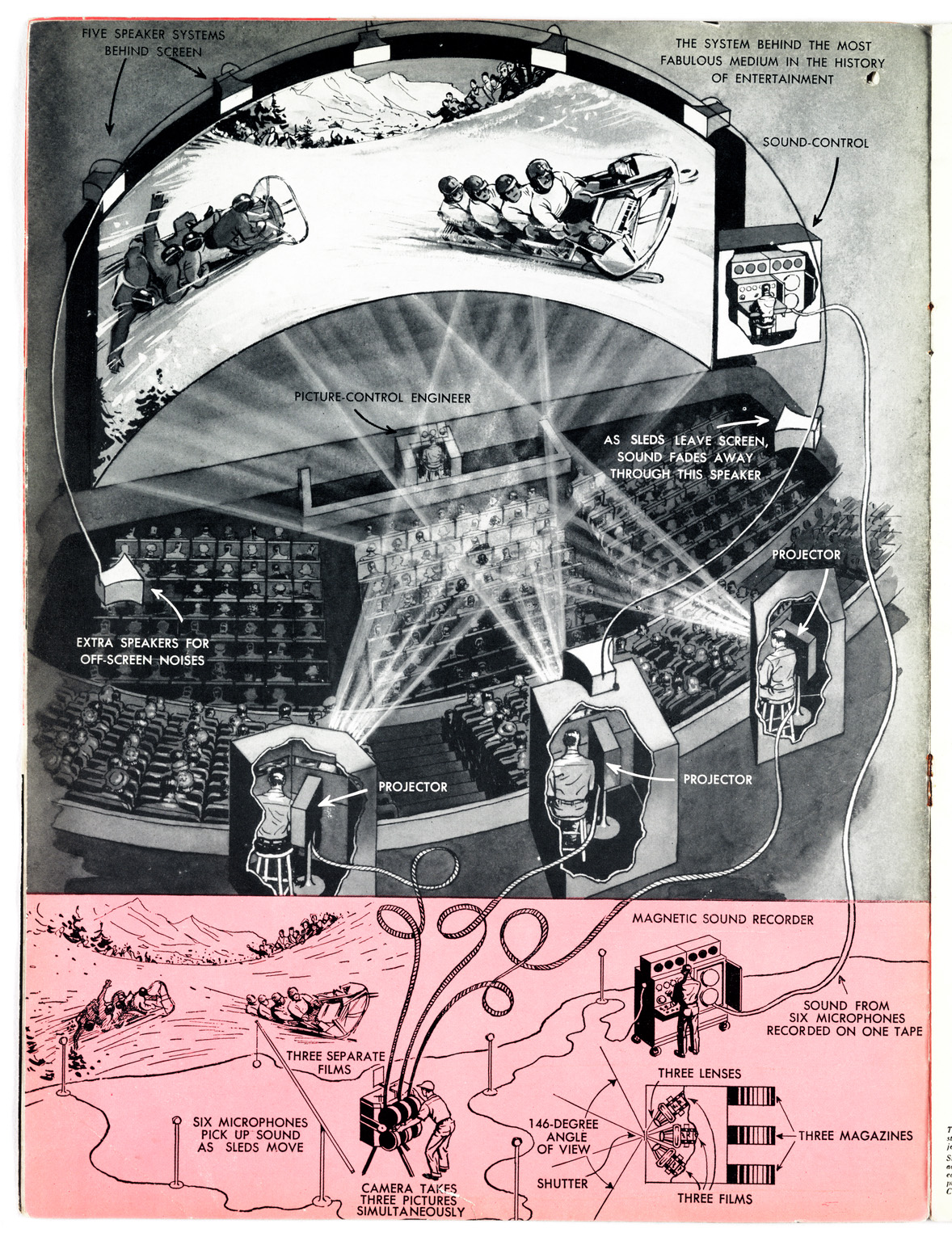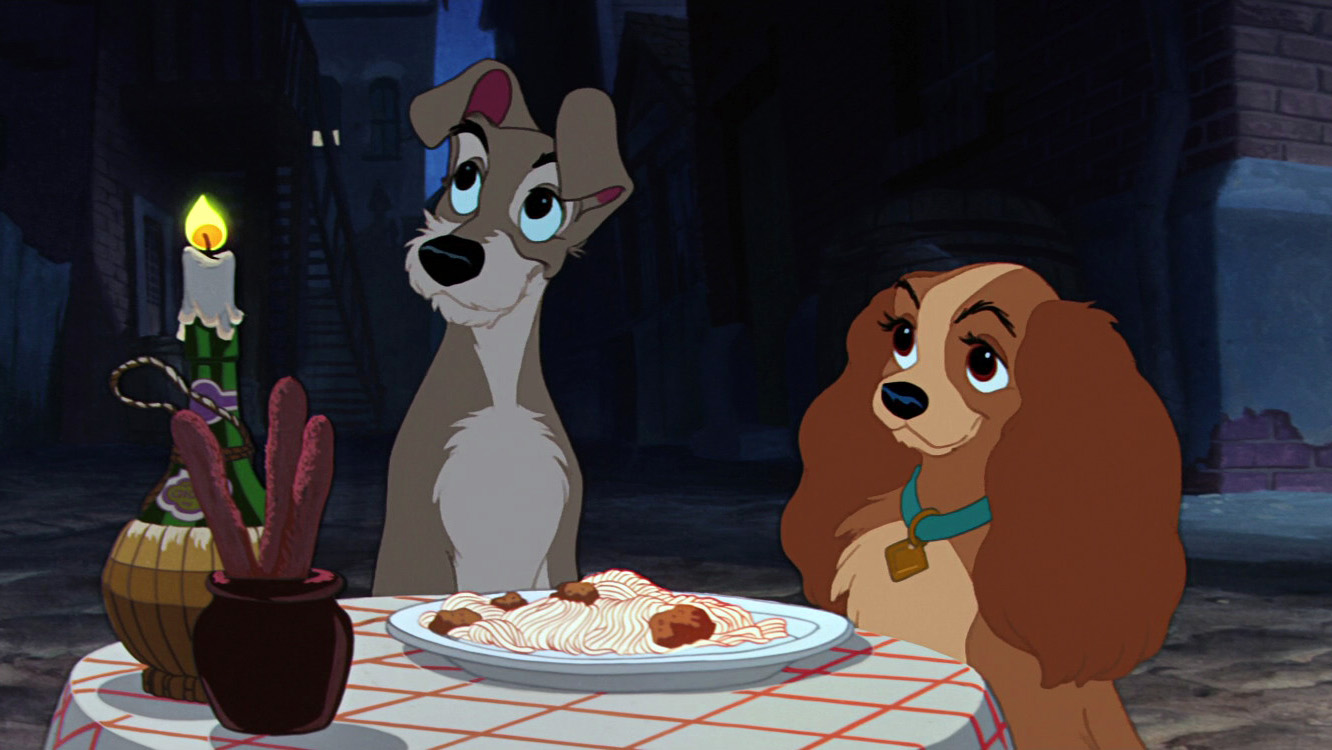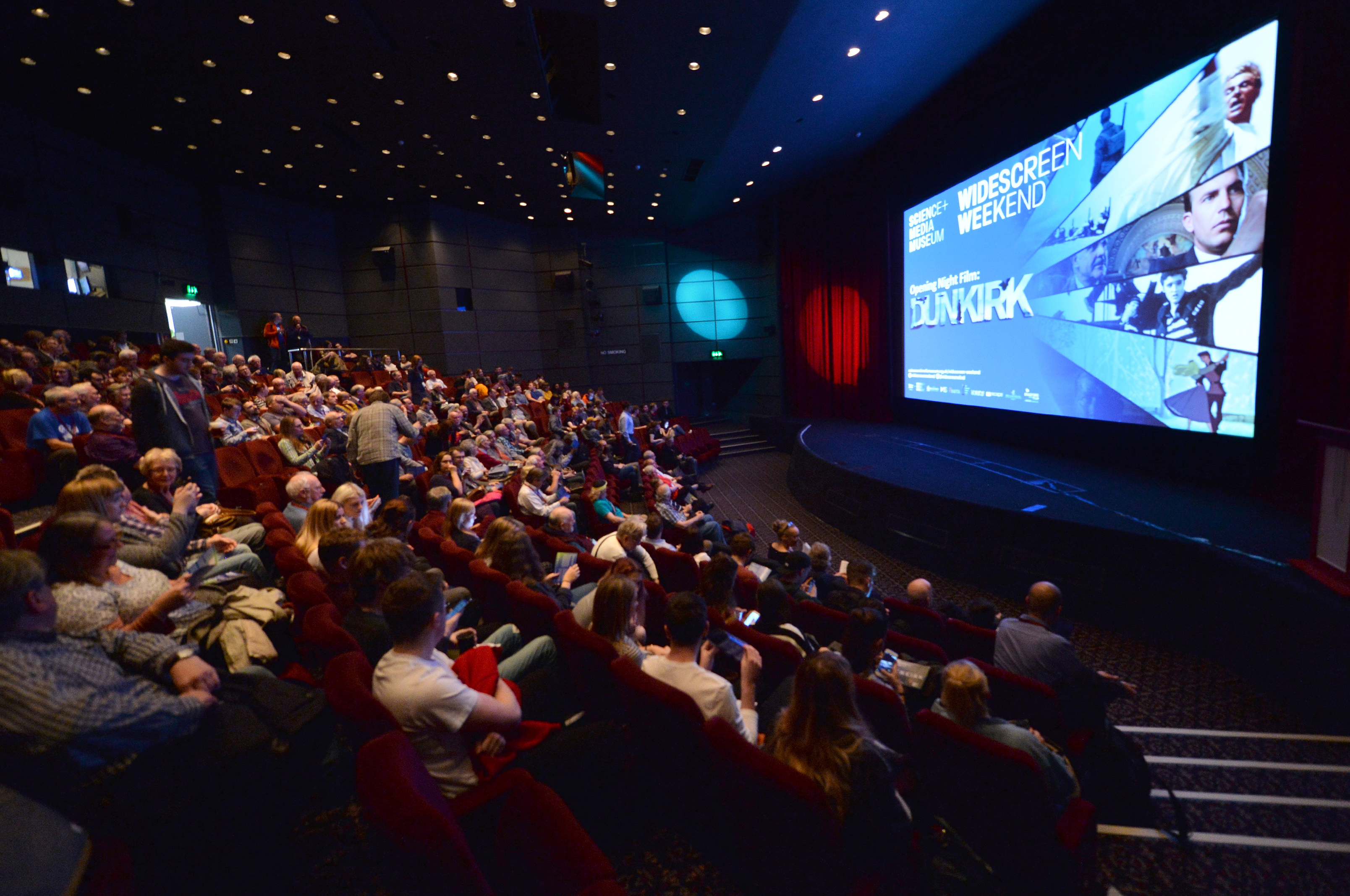What is Widescreen Weekend?
Widescreen Weekend is an annual film festival at the National Science and Media Museum, Bradford. Spanning four days, the festival celebrates the past, present and future of film with a showcase of large-screen formats and cinema technologies.
This year’s Widescreen Weekend takes place on 11–14 October 2018. There’ll be glorious 70mm screenings, new restorations and fantastic special guests—something for everyone from film students to widescreen experts.
What is widescreen cinema?
Technically, a widescreen film is any film image with a width-to-height aspect ratio greater than the standard 1.37:1 ‘Academy ratio’ of 35mm film. Widescreen Weekend particularly celebrates the really wide formats developed in the 1950s and 1960s to create a whole new cinema experience—for example Cinerama, CinemaScope and Todd-AO.
The higher the first number in the aspect ratio, the more we love it! You won’t see a film in this year’s festival narrower than 2.2:1, and you can luxuriate in the widest of vistas in both archive epics and modern classics.

What is 3-strip Cinerama?
Cinerama is a widescreen process that projects film simultaneously from three synchronised 35mm projectors onto a huge, deeply curved screen, creating one image. It was the first of a number of processes introduced during the ‘widescreen war’ of the 1950s, when the film industry had to compete against television. The creators of Cinerama hoped it would lure audiences back into cinemas by providing the ultimate immersive experience.
Our Pictureville Cinema is the only public venue in the UK that can still show 3-strip Cinerama to the public.

Why is film restoration important?
Analogue film isn’t necessarily forever, and some older film formats, such as those with a cellulose nitrate base, are dangerously flammable and become toxic as they age. Digital preservation allows us to conserve films that might otherwise be lost. Modern techniques also allow original negatives to be used to create a high-quality digital restoration, which helps combat colour fading and degradation on older prints.
This is why we present some films in DCP (Digital Cinema Package) format—for example this year’s screening of Disney’s Lady and the Tramp. As Theo Gluck, Director of Library Restoration and Preservation at Walt Disney Studios, says:
Imagine these scenarios: no longer being able to see the Lumière Brothers’ groundbreaking work; no longer being able to marvel at the whimsy and technical genius of Georges Méliès. What if Steamboat Willie’s whistle was forever silenced, or if Dorothy could only skip down a black and white brick road?
The collective efforts of film preservationists and restoration experts work tirelessly to secure the heritage of the world’s cinematic history.
The Walt Disney Company has long recognised the vital legacy of our unique library, and as such the Studio has worked continually over the decades to preserve and reconstruct these extraordinary films. The digital restoration of all cel animation films present a daunting challenge to remain true to the original artistry.
Because of The Walt Disney Studio’s commitment to the safeguarding of our original sound and picture elements, the 64-year-old CinemaScope negative and the magnetic stereo sound masters for Lady and the Tramp were available. This enabled us to yield a version of the film with a visual and sonic quality heretofore unseen and unheard, and we are honoured to present it at this year’s Widescreen Weekend.

Why the National Science and Media Museum?
Our museum is devoted to the science behind light and sound technologies, such as photography, cinematography, TV and radio, and the internet; our galleries look at how these technologies work and how they’ve changed our lives. The museum is also home to three cinema screens—Pictureville, Cubby Broccoli, and IMAX—which offers us a fantastic range of projection facilities.
Pictureville was described by film producer Lord David Puttnam as ‘the best cinema in the world’. Its deeply curved, louvred screen makes the National Science and Media Museum one of only three public venues in the world that can still show Cinerama, in both 35mm and digital formats. Today, Pictureville has the latest 4K digital projection system and fabulous 7.1 surround sound, too.
Read more about the history of Cinerama in Bradford

What can I see at Widescreen Weekend 2018?
As always, the 2018 festival programme is packed with widescreen delights!
The Widescreen Westerns strand, guest curated by Sir Christopher Frayling, is dedicated to the American Old West in all its gun-slingin’ glory. From Forty Guns to No Country for Old Men, western screenings will span the whole weekend, with the highlight being a 3-strip Cinerama screening of How the West Was Won.
Our Women in Widescreen celebration will showcase films featuring female-led narratives and themes, strong characters, and women behind the camera—from writers and directors to VFX. Highlights include Thelma & Louise in 35mm, Wu Ma’s rare Deaf Mute Heroine, and our closing night film, Funny Girl.
Celluloid Saturday is a whole day of film on film—and a great way to get a taste of what the festival’s all about if you can’t make the full weekend.
Plus the Widescreen Student Film of the Year competition returns to recognise the best new film-making talent; free collection tours will reveal some of the museum’s cinematographic treasures; and we will screen a rare 70mm print of Mutiny on the Bounty.
Explore the full festival programme or buy your festival pass online.

Why not 3D films too. I saw How the West was Won in Cinerama at a Glasgow cinema. I later worked as a projectionist. Good Luck! I think people will go back to the cinema. Its got to be the BIG screen. TV cannot compete and of course the sound Ben Hur in 6 track stereo WOW! Donald.